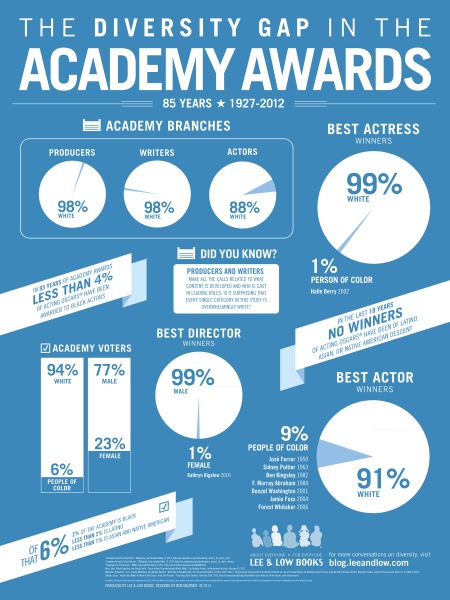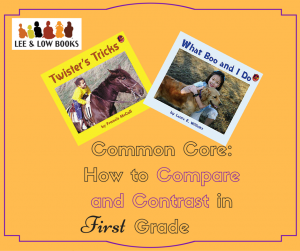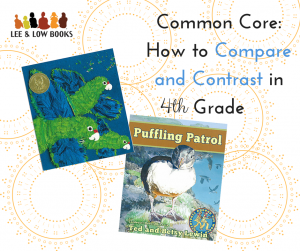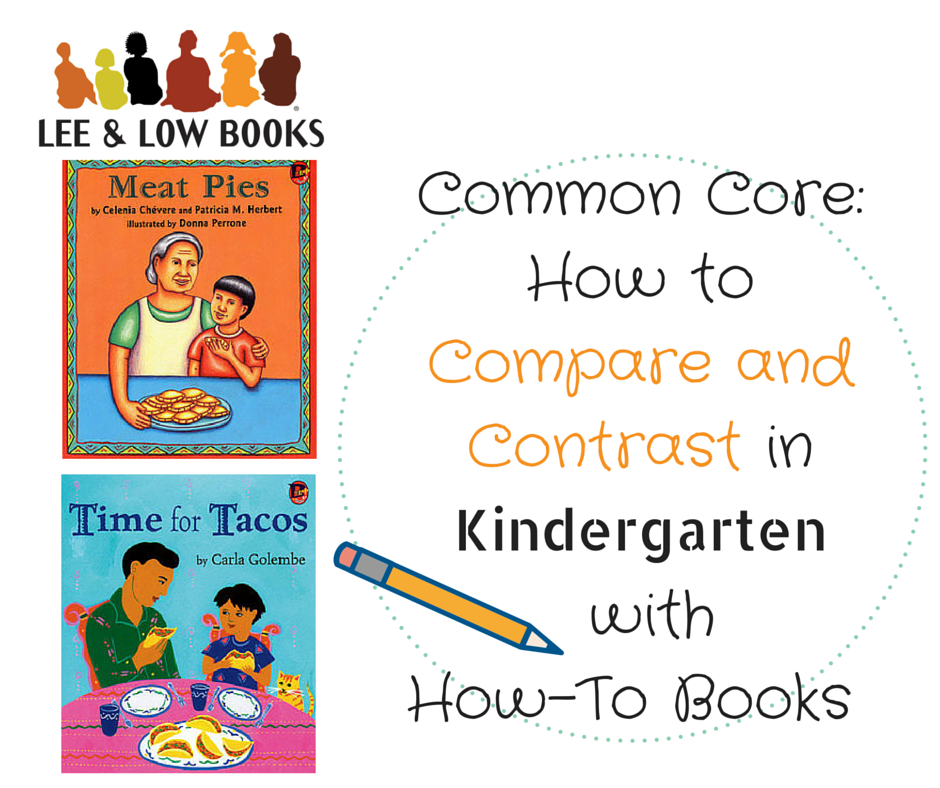Today’s world is smaller than ever, and as technology continues to advance it will only get smaller. Raising students for success means teaching them how to be global citizens, emphasizing cultural literacy and geoliteracy, and exposing them to people whose lives differ from theirs.

For this, there’s no better author than Jan Reynolds. Reynolds is a writer, photographer, and adventurer who has written over fourteen nonfiction books for children about her travels. Her work has appeared in numerous publications including National Geographic, The New York Times, and Outside Magazine. Reynolds is an avid skier, mountain climber, and adventurer who holds the record for women’s high altitude skiing, was part of the first expedition to circumnavigate Mount Everest, and performed a solo crossing of the Himalayas.
Throughout April, we’ll be exploring how Jan’s books can be used in the classroom to teach about the environment, geoliteracy, global citizenship, and nonfiction. Today, we wanted to share Jan’s books and some of our favorite resources available to help teach them:

Jan’s Books:
Vanishing Cultures: Sahara (North Africa)
Vanishing Cultures: Mongolia (Mongolia)




 With all this reading in overdrive, it is understandable that few students (and teachers) want to keep reading at home for pleasure. Yet we need to sustain student excitement for reading and prevent testing anxiety. Now more than ever, students need the bigger picture of how literacy helps us as citizens, the experiences of deriving joy from print, and practice using books for stress management.
With all this reading in overdrive, it is understandable that few students (and teachers) want to keep reading at home for pleasure. Yet we need to sustain student excitement for reading and prevent testing anxiety. Now more than ever, students need the bigger picture of how literacy helps us as citizens, the experiences of deriving joy from print, and practice using books for stress management.


 How We Are Smart
How We Are Smart
 Through elementary school, readers will learn to compare and contrast within and between texts. By first grade, readers can practice comparing two texts as they continue to learn decoding, sight words, and vocabulary. Comparing and contrasting are useful because teachers can assess students’ abilities at close reading, comprehension, and interpretation, as well as expose even new readers to deeper interactions with a text.
Through elementary school, readers will learn to compare and contrast within and between texts. By first grade, readers can practice comparing two texts as they continue to learn decoding, sight words, and vocabulary. Comparing and contrasting are useful because teachers can assess students’ abilities at close reading, comprehension, and interpretation, as well as expose even new readers to deeper interactions with a text.
 Fourth grade is a significant juncture for readers because the Common Core State Standards prescribes that 50% of reading material should be nonfiction. One of the critical skills on Common Core-aligned end of year assessments is compare and contrast. By the end of the fourth grade, students need experience in comparison for both fiction and nonfiction works. Practice in comparison not only improves a student’s close reading abilities, but also enables educators to gauge student comprehension and interpretation.
Fourth grade is a significant juncture for readers because the Common Core State Standards prescribes that 50% of reading material should be nonfiction. One of the critical skills on Common Core-aligned end of year assessments is compare and contrast. By the end of the fourth grade, students need experience in comparison for both fiction and nonfiction works. Practice in comparison not only improves a student’s close reading abilities, but also enables educators to gauge student comprehension and interpretation.
 Over the past several weeks, I have demonstrated what compare and contrast can look like in
Over the past several weeks, I have demonstrated what compare and contrast can look like in 